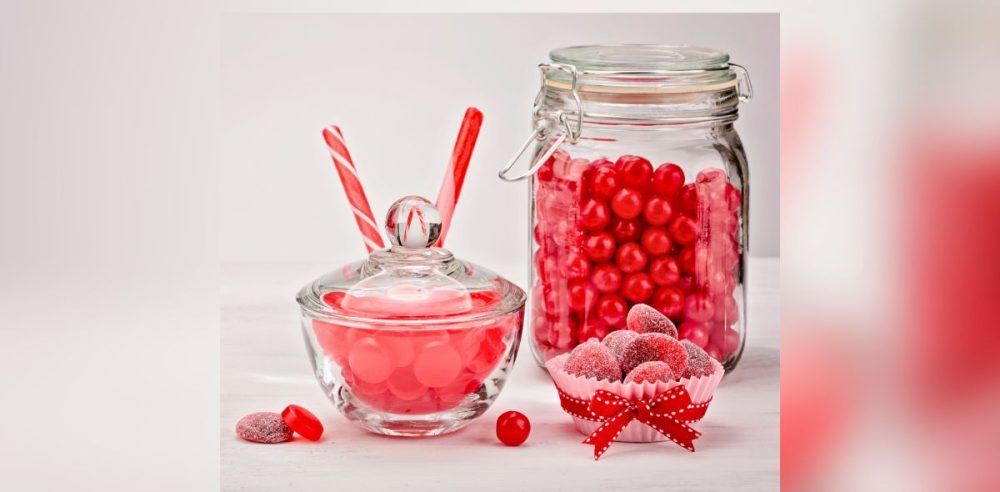The Food and Drug Administration (FDA) has officially banned Red No. 3, a synthetic dye.
This additive, used in products like candies, sodas, and fruit cocktails, is now recognized as a potential carcinogen based on decades-old studies. Advocacy groups and lawmakers have pushed for this action for years, citing risks to human health and child development.
Despite being banned in cosmetics since 1990, the dye has remained a staple in the food industry. Its removal signals a shift toward stricter food safety regulations, a decision welcomed by health advocates but one that leaves manufacturers facing the challenge of reformulating their products.
The ban will require all food manufacturers to eliminate the dye by January 2027, with some industries receiving extended deadlines, reported NBC News.
Red No. 3’s controversy stems from studies in the 1980s that revealed its carcinogenic effects in male rats, sparking debates over its safety in human consumption. While these findings have been widely accepted, the dye’s vibrant red hue has kept it a favorite in many foods, particularly those marketed to children.
Consumer advocacy groups like the Center for Science in the Public Interest (CSPI) have been at the forefront of efforts to ban the dye, arguing that it poses unnecessary risks.
The FDA’s announcement aligns with the growing public demand for transparency and safety in food additives. Critics, however, question why addressing these concerns has taken more than three decades. Internationally, Red No. 3 has already been banned or restricted in regions such as the European Union, Australia, and Japan, making the U.S. one of the last major markets to act.
The delay raises questions about the influence of industry lobbying and the pace of regulatory change.
The ban presents a significant challenge for food manufacturers as they scramble to find alternatives to the dye. Reformulating popular products without compromising their appeal is no small feat, especially for brands that rely on the distinctive cherry-red color Red No. 3 provides.
Some manufacturers had already begun phasing out artificial dyes in response to consumer demand for more natural ingredients. This shift may ease the transition, but smaller companies could face financial strain as they adapt. The National Confectioners Association, representing the candy industry, has expressed its commitment to following FDA guidance while emphasizing the importance of a consistent regulatory framework.


